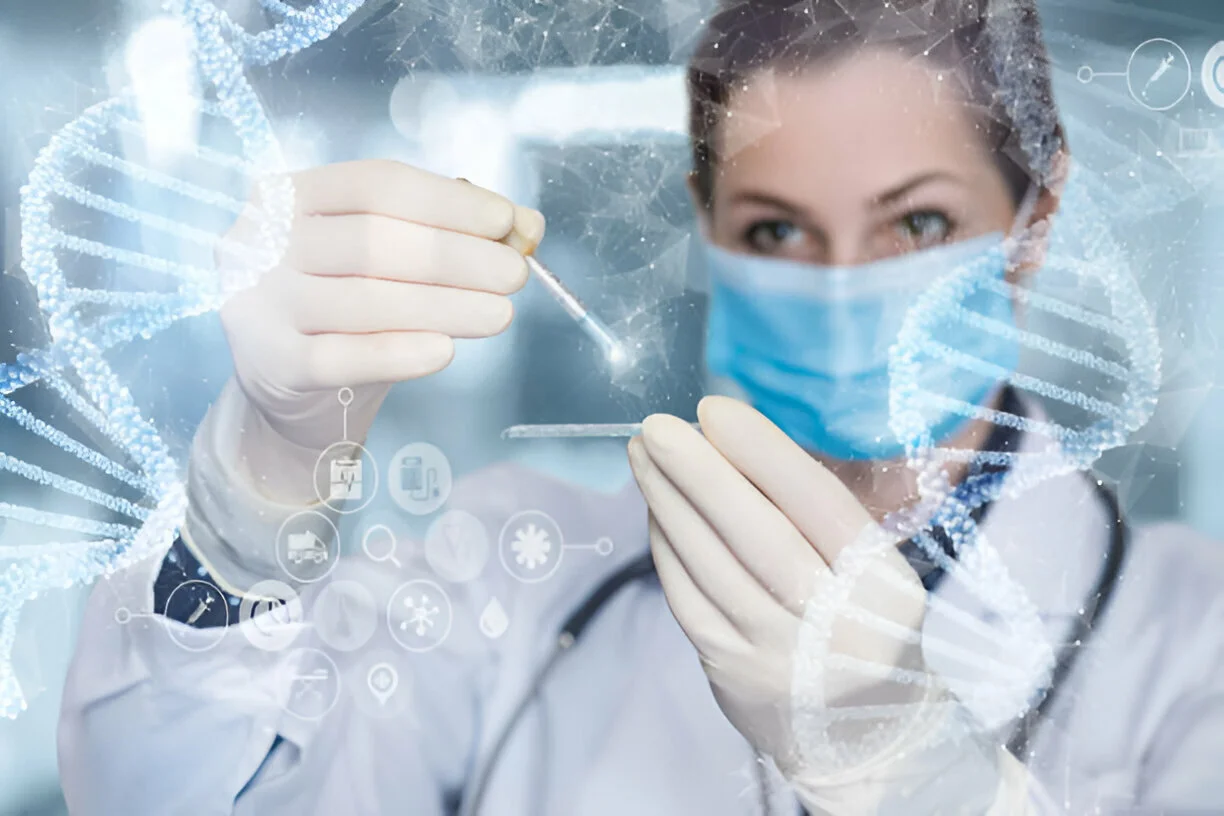Regenerative medicine refers to therapies that are able to repair, restore and regenerate damaged tissues in the body. These therapies represent a significant advancement from traditional ones that only offer symptom relief as a proverbial ‘band-aid’. The revolutionary treatments have been in the limelight in recent years due to high-profile athletes such as Kobe Bryant and Tiger Woods utilizing the restorative effects rather than undergoing surgery.
Regenerative procedures come in two forms. Those that require a biologic harvest from the patient (bone marrow or adipose tissue), or those that come from an external source (such as platelet-rich plasma, amniotic fluid/membrane, and umbilical cord blood/tissue).
Together with the specialists at R3 Stem Cell, who have clinics throughout the United States, we delve a little deeper into the various therapy forms and who they might suit best.
Fat and Bone Marrow Derived Stem Cell Injections
These are outpatient procedures that involve harvesting the patient’s own tissue with immediate processing to concentrate stem cells and growth factors. The patient’s tissue is then injected during the same setting into the area of concern.
Osteoarthritis and other degenerative conditions are largely a result of aging. What makes the field of regenerative medicine so exciting is that preliminary data is showing the possibility of turning back the biological clock in these joints, allowing patients to experience rejuvenation and increased quality of life. As research and technology continue to evolve, it may be possible to create a cadre of highly effective therapies that could be used along the entire spectrum of a patients’ condition.
Fat derived stem cell procedures take between two and 2.5 hours to harvest and process the tissue. Bone marrow stem cell procedures take about 30 minutes. R3 currently offers the bone marrow variety with a research study evaluating the procedure’s effectiveness against spinal arthritis along with extremity arthritis.
Platelet Rich Plasma Therapy
Platelet-rich plasma therapy is the procedure many athletes undergo in an effort to treat various conditions including tendonitis, arthritis, chronic joint inflammation, cartilage defects, and muscle strains. The procedure uses the patients’ own blood to control pain and increase functionality.

The blood is centrifuged and separated into three layers – the serum, platelets and white blood cells, and red blood cells. The platelets release over 1,000 biologically active proteins that facilitate tissue regeneration. There have been several human and animal studies that have shown very promising results, such as the 2012 study undertaken by the Hospital for Special Surgery, showing its benefit for knee arthritis.
Another study showed that a platelet serum injected into a damaged Achilles tendon in a laboratory animal significantly increased tendon strength and stiffness as well as fast-twitch responses.
Amniotic and Umbilical Cord Tissue Cell Therapy
Umbilical cord tissue cell therapy is one of the most cutting-edge regenerative procedures available today. The umbilical cord tissue is obtained ethically from donors after a scheduled c-section, where the baby and mother are perfectly healthy. There are no embryonic stem cells used in the procedures. The umbilical cord tissue is processed along with Wharton’s jelly and amniotic fluid at an FDA Certified facility.
These types of therapies include growth factors, exosomes, cytokines, microRNA, and stem cells. Procedures are all performed on an outpatient basis and can help those with a variety of conditions and complaints to enjoy an increased quality of life. While outcomes vary between individuals, patients often are able to walk farther, participate in recreational activities, breathe easier, sleep better and experience increased energy.
R3’s nationwide clinics have performed thousands of umbilical cord tissue therapies, while no known significant adverse events have occurred with these treatments.
Exosome Therapy
Exosome therapy has been increasing in popularity over the last several years as more research comes out on what they are and what it can do. Interestingly, exosomes are not actually cells, but cellular byproducts known as extracellular vesicles.
When the exosome is released from a cell (such as a stem cell), it contains significant information such as DNA and microRNA. As the exosome collides with a new cell and gets ingested, it then transfers that information. Depending on that cell, the reaction from that information transferred maybe a repair response or a ‘reprogramming’ of the cell.
” R3’S NATIONWIDE CLINICS
HAVE PERFORMED
THOUSANDS OF UMBILICAL
CORD TISSUE THERAPIES,
WHILE NO KNOWN
SIGNIFICANT ADVERSE
EVENTS HAVE OCCURRED
WITH THESE TREATMENTS. “
Exosomes have been shown to be safe. No rejection occurs since there are no surface factors, and they cannot divide so tumors have not been seen to date. The treatment has the potential to help with arthritis and chronic pain relief, autoimmune syndromes, organ failure, neurologic conditions, and aesthetic procedures (anti-aging). Researchers have also noticed the significant potential for cancer treatment in the future.
Where to find more information and clinics for regenerative medicine
Information on regenerative medicine options can be overwhelming at first. R3 Stem Cell offers prospective patients a wealth of online resources and information to help them get familiar with the various treatments
Contact US

Dr. David Greene
MD, PhD, MBA
Dr. David Greene, MD, PhD, MBA, is a pioneering leader in regenerative medicine and healthcare marketing. As a residency and fellowship-trained orthopedic surgeon, Dr. Greene transitioned from clinical practice to become the founder and CEO of R3 Stem Cell and US Lead Network, where he has revolutionized patient care and medical practice growth through innovative therapies and digital marketing strategies. He has authored two influential books on healthcare internet marketing, ranks among the top expert authors globally, and has been featured on the cover of Corporate Vision magazine for his impact on global regenerative therapies. Beyond his professional achievements, Dr. Greene is passionate about education, compassion, and continuous innovation.

Sorry, the comment form is closed at this time.